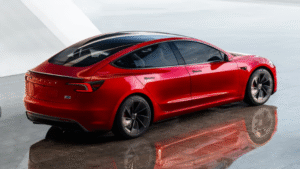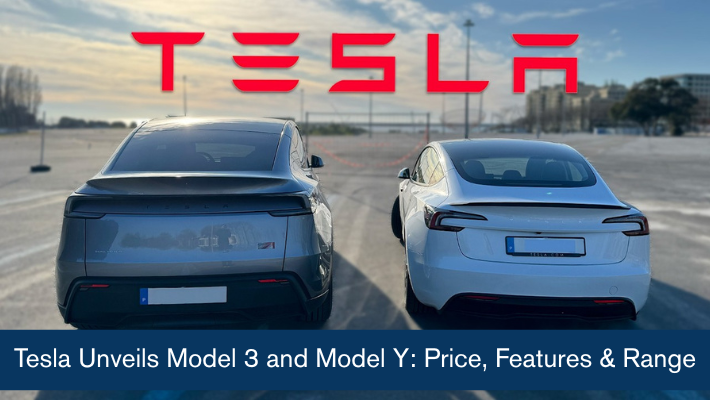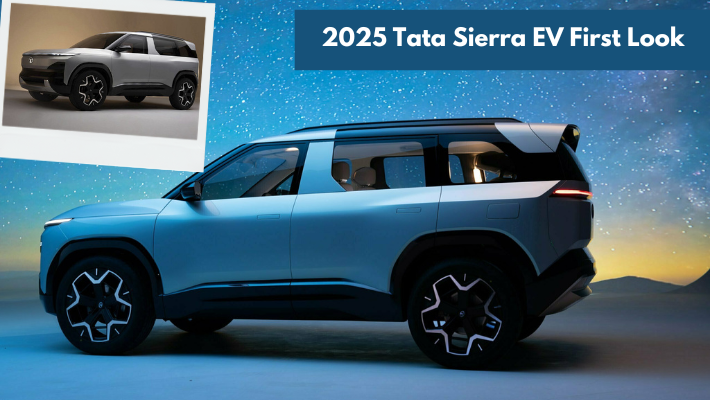Tesla Unveils More Affordable “Standard” Versions of Model 3 and Model Y
Tesla has officially launched lower-cost versions of its two most popular electric vehicles, the Model 3 and Model Y, in an effort to make its lineup more accessible and to counteract weakening demand following the expiration of key EV incentives in the United States. The new trims are called Standard RWD (rear-wheel drive) and come with reduced feature sets in exchange for significantly lower prices. Here’s what Tesla is offering, what buyers gain and lose, and what this means for the EV market.
What’s New: Pricing, Range & Trims
- The Model 3 Standard RWD now starts at US$36,990, while the Model Y Standard RWD is priced from US$39,990.
- Both offer around 321 miles (≈ 516 km) of range in their standard trims.
- The new “Standard” trims replace what had been called the base or entry-level “Premium RWD” trims; “Long Range” versions have been renamed “Premium.”

What’s Different: What Buyers Lose in Order to Save
To hit the lower prices, Tesla has pared down or removed several features. Some of the trade-offs include:
- Omitted driver-assist features: The new Standard models lack Autosteer (full driver assistance) vs higher trims.
- Reduced premium touches: No rear display (for passengers), simpler audio system, fewer speakers, and more basic interior materials (textile inserts rather than full vegan leather) in some cases.
- Exterior and comfort downgrades: Simpler wheels (standard 18-inch), no dramatic LED light bars on the Model Y Standard, removal of certain comfort features (rear heating/ventilation in some cases), manual mirrors in others.
- In some versions, the glass roof is still present structurally but is hidden behind a fixed headliner to lower cost.
Strategic Rationale: Why Tesla Did This
- Tax credit expiry: Tesla lost eligibility for some federal EV incentives in the U.S., which made its vehicles relatively more expensive to buyers. Introducing lower-entry trims helps offset that price shock.
- Competition: The EV market is growing more competitive, especially with many automakers and new entrants pushing affordable EV offerings. Tesla needs to protect its market share.
- Utilization of existing platforms: Rather than develop a totally new inexpensive “Model 2” (which Tesla abandoned), the company is leveraging existing production lines (Model 3 & Model Y) with cost-cut, stripped-down versions. This reduces R&D and tooling cost.

Drawbacks & Risks
- Narrow margin of savings vs. premium trims: The price reductions—approximately US$5,000 lower than corresponding premium RWD trims—may not be enough for some cost-conscious buyers, especially after including fees and options.
- Value perception risk: Some customers may view the reduction in features more negatively than the price saving, especially in luxury EVs, where feature richness is part of the appeal.
- Profit margins: Cost-cutting helps, but removing premium features, materials, and trimming components also potentially lowers margins unless volumes scale up.
- Competition remains tough: Even with lower entry prices, many rival EVs (and non-EVs) compete aggressively on price, incentives, and features. Tesla’s move may not be enough if rivals continue to undercut in price or offer richer features.
What It Means for Tesla & the EV Market
- Tesla is repositioning parts of its lineup to better match what a growing portion of the market wants: lower entry cost rather than maximum premium.
- This could stimulate sales in markets sensitive to sticker price and subsidies, especially in states or countries that offer additional rebates.
- May force competitors to revise their pricing / feature mix to avoid being undercut by Tesla’s “Standard” trims.
- Signals that the dream of a US$25,000 Tesla (once promised) is probably on hold long‐term; cost savings are being found by de-feature rather than by new, ultra-cheap platforms.
Conclusion
Tesla’s introduction of the Model 3 Standard and Model Y Standard trims represents a notable shift: not toward ultra-budget vehicles, but toward more accessible versions of its existing flagships. Buyers now have an option to enter Tesla ownership with a lower price tag—but with compromise. For many, these compromises will be acceptable; for others, especially those who value every premium feature or cutting-edge tech, the reduction might sting. Still, this move is likely essential for Tesla to maintain its competitive edge in a maturing EV market.




